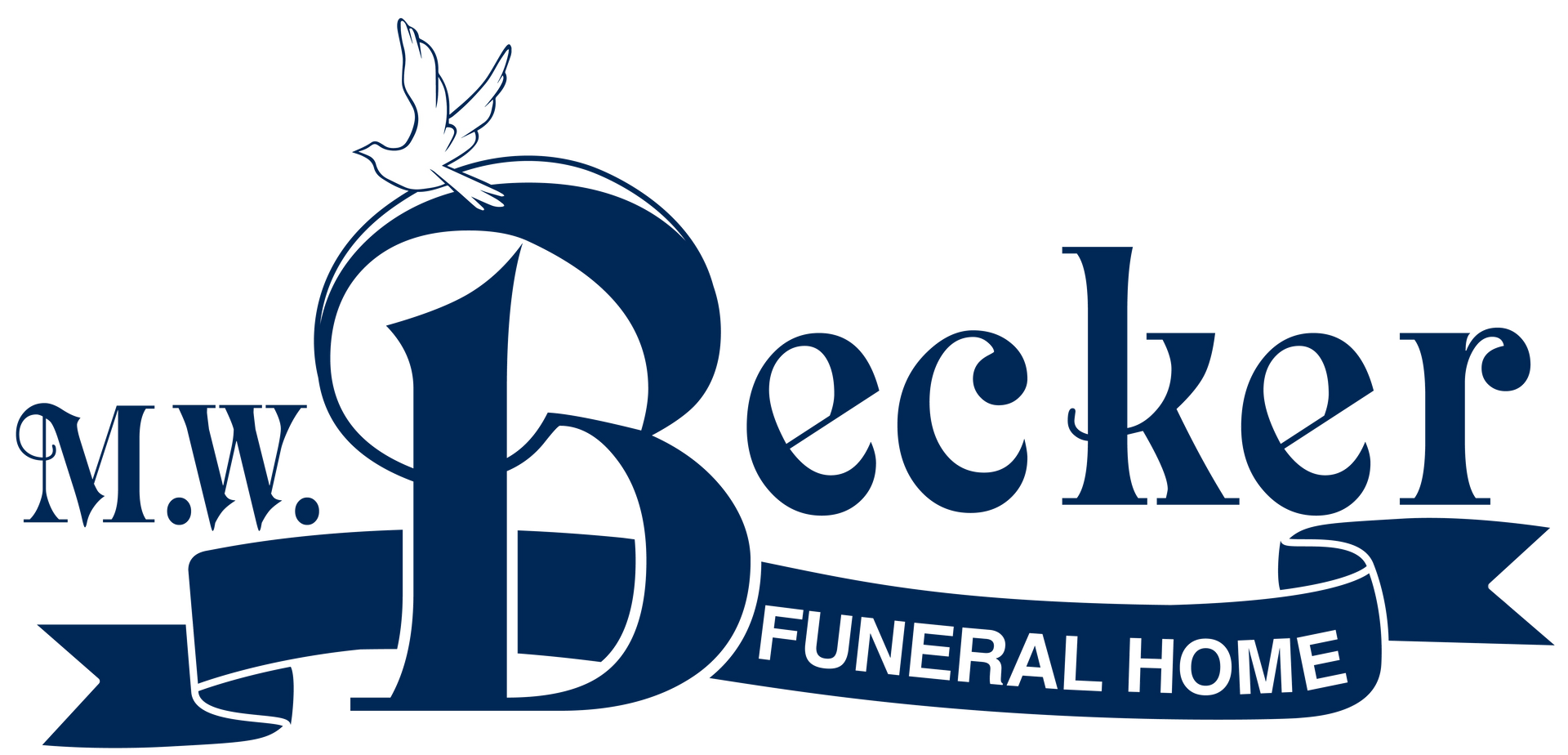Burial Services
Traditionally, a burial service involves a visitation, followed by a funeral service in a church, or other place of worship. The casket is typically present at both these events, and it is your decision on whether to have the casket open or not. You have the option of having the remains interred (earth burial), or it may be entombed in a crypt inside a mausoleum (above ground burial). Family or religious traditions are often a factor for choosing burial. Decisions need to be made on whether the body needs to be embalmed, what kind of casket to use, what cemetery to use and what to put on the gravestone.
Visitation
This time is set aside for family and friends to gather together to say goodbye, while being in the comfort of those closest to them. We can personalize the visitation to be as unique as your loved one with a tribute video, items or displays that were important to your loved one, or simply pictures displayed. We will work with your family to design the perfect gathering experience.
Funeral Service
The funeral service can be held in our chapel, a church, or any other venue the family chooses. We work with our families to design a service that honors their loved one with stories, music, or scripture. We also have life celebrants that lead services where clergy may not be chosen. Our celebrants are trained in creating experiences that help start the healing process.
Graveside Service
A graveside or committal service is typically held immediately following the funeral service but it can also be a small intimate gathering of those closest to you.


